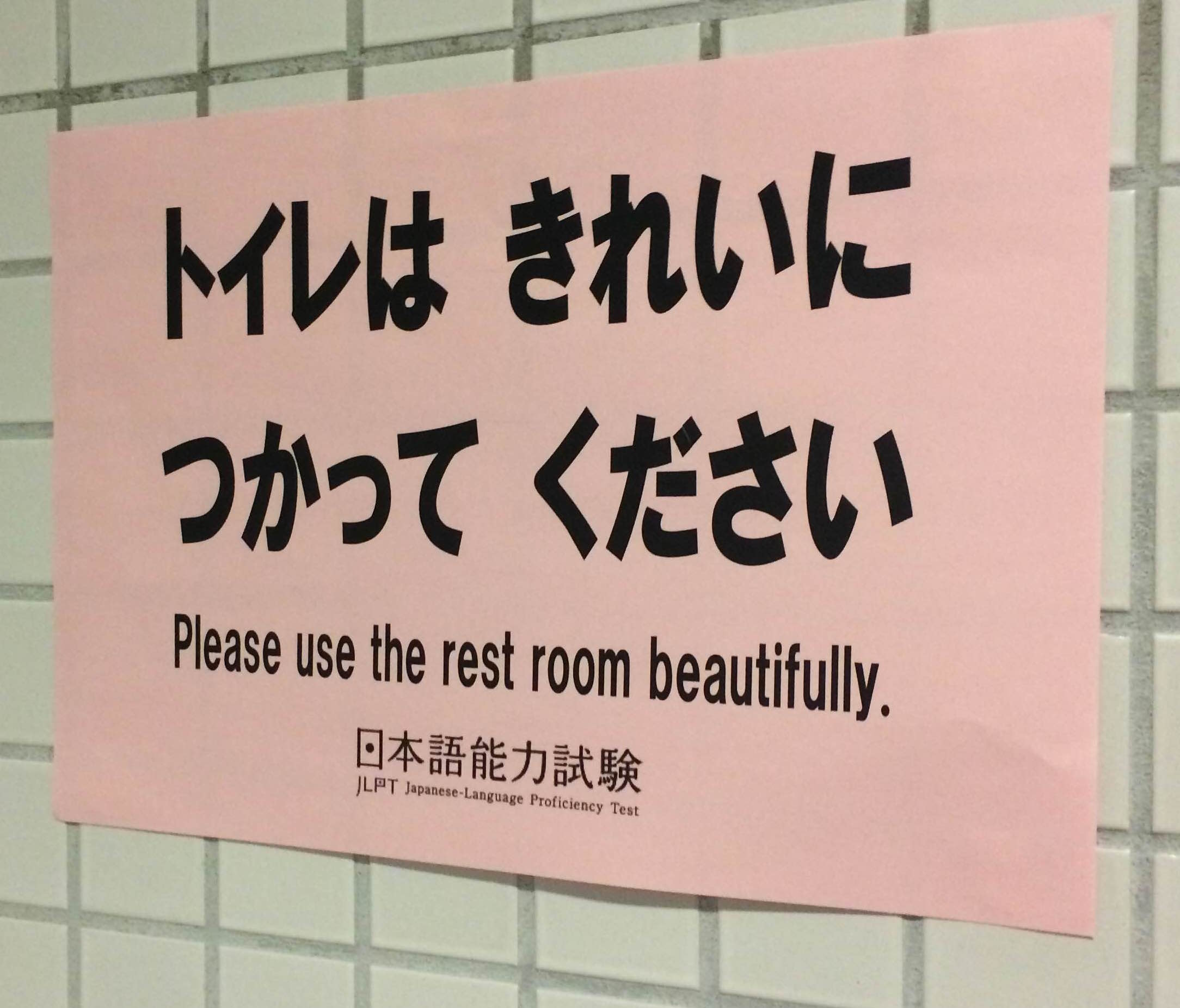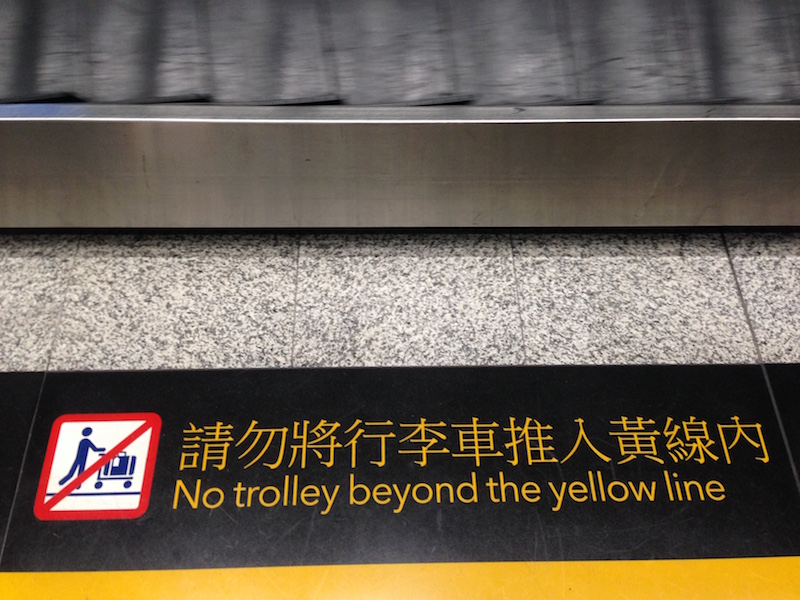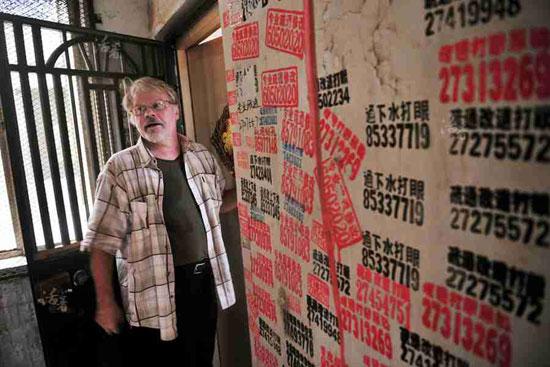An article by Tomoyoshi Kubo in The Asahi Shimbun, "Poem on 9th-century wood could provide missing link between kanji, hiragana" (11/27/15), may provide evidence for the development of hiragana (cursive syllabary) from Chinese characters.
…The entire verse of famed tanka poem “Naniwazu” was inscribed in ink on Japanese cypress in an intermediary syllabary between manyogana, one of the earliest Japanese writing systems dating back to the fifth century, and hiragana, the Kyoto City Archaeological Research Institute said on Nov. 26….
The kanji were originally semantic but were read phonetically to suit the Japanese language.
The characters were later simplified and turned into hiragana, but the process of that transformation remains a mystery.
The writing on the latest discovery is neither manyogana nor hiragana, but something in between, the institute said. It is also the first finding of the entire poem written in the intermediary system….
Read the rest of this entry »



